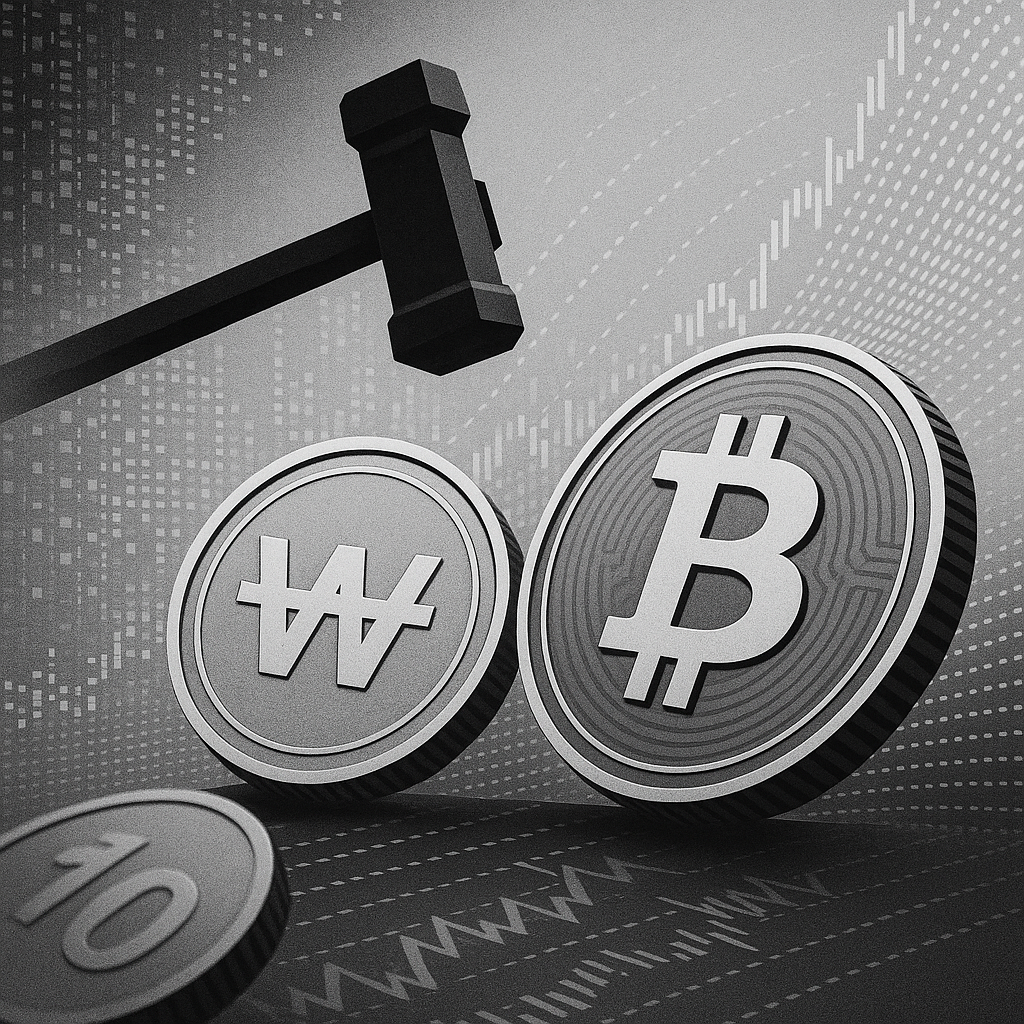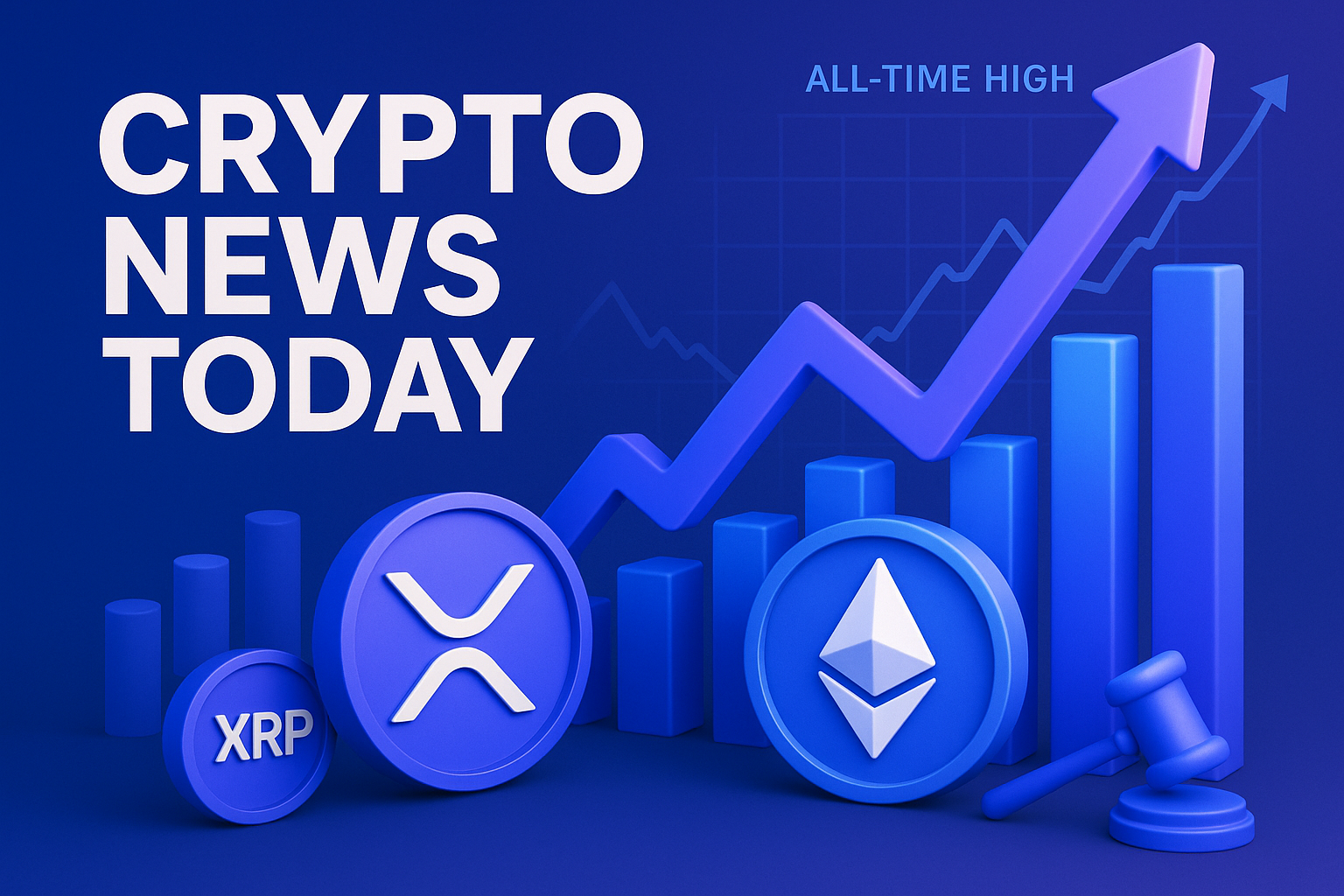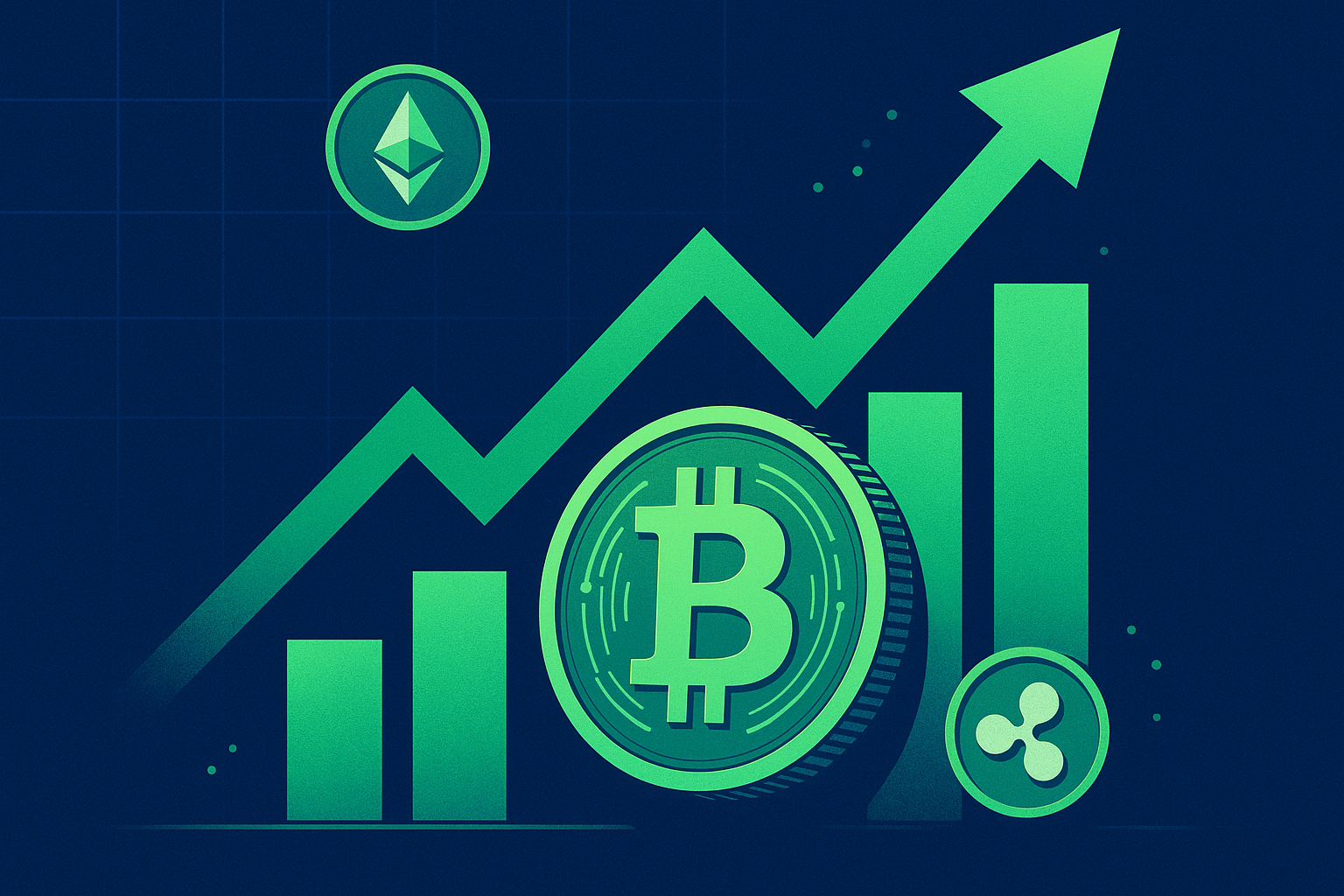I still remember the muggy afternoon in Seoul back in June 2017 when a junior analyst at Shinhan Bank tried to convince me bitcoin would never crack ₩3 million. We laughed, ordered another round of soju, and carried on charting that curious rally nobody could fully explain. Fast-forward six years, and now the Bank of Korea (BOK) governor himself is summoning the chiefs of those very banks—not to scoff at crypto, but to figure out how a won-backed stablecoin might actually work. Times change faster than the Dongdaemun fashion stalls flip trends.
Here's What Actually Happened
Local reporters leaked yesterday that Governor Rhee Chang-yong will meet with the CEOs of South Korea’s five largest commercial banks in early April. The agenda: won-pegged stablecoins, digital-asset custody rules, and how the incoming Yoon Suk-yeol administration wants to rip up the existing patchwork of crypto laws. We don’t have the exact schedule yet—BOK spokespeople keep it vague—but sources inside KEB Hana tell me the briefing packet is 38 pages, half of it devoted to stablecoin reserve audits.
If that feels sudden, remember the backdrop: Korea’s crypto exchanges processed ₩52 trillion (~US$40 billion) in average daily volume during Q1, according to FSC filings. Meanwhile, dollar-backed USDC is still technically off-limits for Korean retail due to foreign-currency rules. Local traders want a won-denominated alternative they can trust—and regulators finally seem willing to listen.
Why the BOK Is Nervous (and Should Be)
I’ve been around long enough to see central bankers warm up to blockchain only after being burned. In 2019 they dismissed Libra. In 2021 they cheered when Terra’s homegrown algorithmic stablecoin seemed to bring glory to the peninsula—until that $60 billion implosion last May left Korean prosecutors sifting through Do Kwon’s group chats. No wonder BOK staffers now fixate on fully collateralized, boring stablecoins.
Governor Rhee’s camp is reportedly pushing a triple-layer safeguard: 100% won cash reserves, daily on-chain attestation via Chainlink’s Proof of Reserve oracle (yes, Chainlink reps confirmed the demo call), and bank-level insurance for any solvency gaps. I’ve seen a similar blueprint floated by USDC’s Circle, but plugging that into Korea’s 24/7 interbank network (BOK-Wire+) is no small feat. I’m not entirely sure they grasp the complexity of real-time settlement yet.
Flashbacks to 2017, Lessons for 2023
Now here’s the interesting part: every cycle, Korea becomes a pressure cooker where retail mania meets regulatory whiplash. In early 2018 we had the Misun Kim petitions demanding a full crypto ban; in 2020 Upbit and Bithumb delisted privacy coins the minute the FATF travel rule hit. The pattern is clear: Seoul oscillates between FOMO and crackdown.
This new stablecoin push could finally break that loop—or ignite the next one. If banks get the green light, we’ll likely see a flood of won-backed tokens hitting Korbit and Gopax by Q4. That would tighten spreads, but it’ll also expose banks to crypto-native risks they still pretend don’t exist. When I asked an old colleague at Woori Bank whether they’d run liquidation bots on Upbit, he laughed, then admitted they’re already testing with Amber Group’s toolkit. So much for hands-off.
How the New President Fits In
President-elect Yoon campaigned on regulation that matches global standards, not kills innovation.
Cynics—myself included—read that as we want the tax revenue but not the headlines.
Either way, his proposed Digital Asset Framework Act (DAFA) moves stablecoin oversight from the Financial Services Commission to a new inter-agency task force led by the BOK. That’s why Rhee’s meeting with bank chiefs is more than a courtesy call; it’s effectively the first test-run of DAFA in action.
Here’s a kicker: DAFA’s draft sets a hard cap of ₩500 billion (~US$380 million) in circulation per licensed issuer during the pilot phase. That sounds big until you realize Upbit alone does double that in daily volume on its busiest pairs. The cap will break within weeks—mark my words—and they’ll scramble to adjust.
Tangent: What Klaytn and Kakao Are Whispering
While the suits haggle, the builders keep building. Klaytn’s dev rel team told me they’re tweaking their fiat-in, fiat-out API so any future won-stablecoin can slot into OpenSea-style NFT marketplaces. They’re betting NFTs fused with K-pop IP will need stable settlement layers. I didn’t see that coming when I first mined ether in a dank Itaewon office back in 2016, but here we are.
Potential Winners and Tripwires for Your Portfolio
Traders love won volatility because it mirrors BTC-KRW premiums—the infamous Kimchi premium that hit 18% during the 2021 bull run. A compliant, deep-liquidity KRW stablecoin could compress that spread to single digits, maybe even flip it to a discount when local demand cools. If you’re running cross-exchange arb bots with something like Hummingbot or the golden-oldie CCXT Python scripts, start rewriting your pairs list now.
On the downside, new reserve rules could kill the quasi-stable instruments Koreans currently abuse—think Upbit’s auto-transfer points or kube tokens on smaller platforms. Liquidity will migrate, and some bag-holders will be left in the cold.
What Could Possibly Go Wrong?
Plenty. Here’s my skeptical checklist:
- Will banks really hold 100% cash reserves, or will they sneak half into three-month Korean Treasury bills to juice yield?
- Can Chainlink nodes operate within Korea’s fire-walled data centers without tripping privacy statutes?
- How will tax authorities trace peer-to-peer stablecoin transfers that settle off-exchange? (Remember, Korea taxes every crypto gain above ₩2.5 million starting 2025.)
- Do Kwon is still AWOL, and public sentiment is raw—one headline about
another stablecoin scandal
could torpedo the whole experiment.
My Two Gwei Before I Grab More Coffee
I can’t shake the déjà vu. In 2017 lawmakers dithered while retail shoved savings into ICOs. In 2020 DeFi summer hit, and regulators played catch-up again. This time they’re trying to get ahead—I’ll give them credit—but the execution risk is massive. If they nail it, Korea could become Asia’s premier on-ramp, outrunning even Singapore’s MAS. If they botch it, expect capital flight to Binance and a fresh parliamentary probe by year-end.
I’m cautiously optimistic, but I also keep a USDT stash on Tron—just in case. After a decade in this game, I trust incentives more than policy papers. And the incentive for Korean banks is clear: capture exchange flow before the next bull cycle, or watch fintech upstarts eat their kimchi.
We’ll know more once that April meeting wraps. Until then, sharpen your scripts, keep tabs on FSC filings, and maybe—just maybe—hedge a bit of that kimchi premium with a good old-fashioned USDC swap. Worst case, you lose a few basis points; best case, you front-run the biggest regulatory pivot Korea’s crypto market has ever seen.
See you on the order books.



